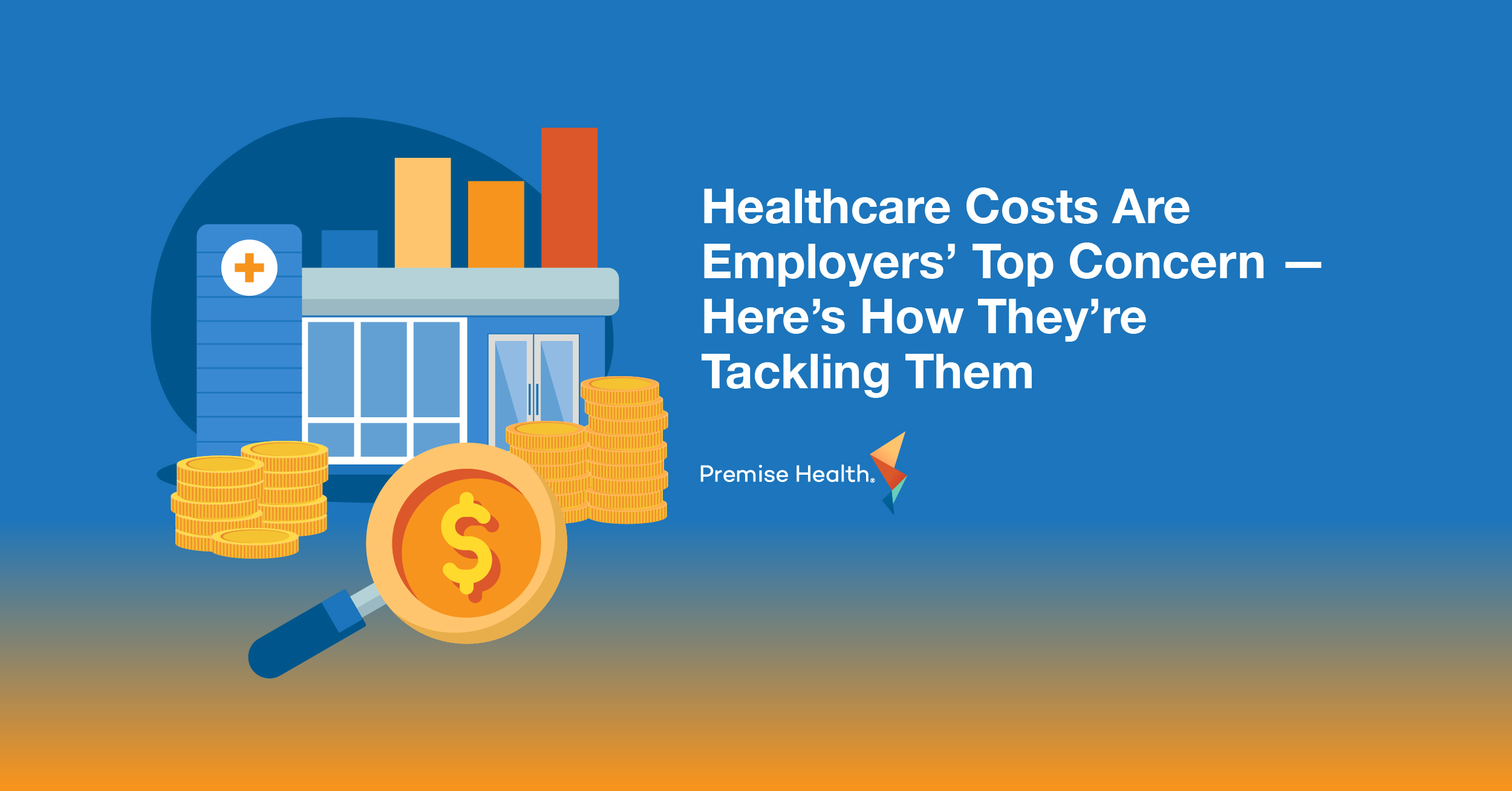What You Should Know About Patient Attribution in Healthcare
Patient attribution is a key concept for organizations in evaluating where their population is receiving their healthcare and the impact of this care. However, it is also a term that has vague, often-changing definitions. Since it’s important, let’s define attribution — as well as utilization and how the two differ — then look at how benefits leaders can use it to evaluate the value and cost of healthcare.
Let’s start by defining some terms associated with attribution to clear up the clutter around this concept.
What is Utilization for Healthcare Services?
Conceptually, utilization shows the rate at which healthcare resources are used by a population. It is often also referred to as “engagement rate” or “penetration rate” and can be measured as per 1,000 or as a percentage. When used as part of an analysis, it can illuminate where members are receiving care, whether routine and preventive care or urgent and emergent care.
Utilization can also show how well an organization is providing a useful and attractive benefit to their employees and dependents. A high utilization rate in your onsite or nearsite wellness center, for example, means that your population is excited about and active in receiving care at the center. However, if you truly want to know to what extent your health benefit is reducing costs for your plan and your population, you need to know about attribution.
What is Attribution for Healthcare Services?
In healthcare, attribution is the process of assigning which provider is most responsible for a person’s overall healthcare. Since the passage of the Affordable Care Act in 2010, attribution has grown in importance and is now being used heavily across the healthcare industry, especially in government payer programs such as Medicare Advantage and ACO REACH. Coinciding with this growth in importance is a shift in accountability for members’ total healthcare spend to primary care providers. Using attribution to aid an analysis of healthcare claims can bring clarity to the ultimate drivers and causes of where and why healthcare costs are occurring.
As a result, attribution is especially important to determine as it can show if someone is receiving effective, quality primary care. It also can show if they are receiving a lot of care from downstream specialists, at the emergency room, from hospital admissions, or if they lack a primary care provider completely.
Attribution is generally the best way to analyze healthcare costs and the performance of any primary care provider — or other healthcare providers — from which your population receives care. It’s important to be clear about what kind of attribution is being looked at as there are two common types of patient attribution: patient choice and visit-based.
Patient Choice Attribution
Patient choice attribution is determined by a patient self-selecting the provider most responsible for their care, such as selecting a primary care provider (PCP). While this gives the attributed patient a say in the matter, it may not accurately capture which provider has the biggest influence on cost and outcomes.
Visit-based Attribution
While patient-choice attribution is based on the provider the patient wants to assign as their PCP, visit-based attribution is based on which provider sees the patient for care more often than any other providers. This could be the majority of their care (e.g., >50% of visits) or plurality (not quite 50% but still more than any other single provider). Using a majority of visits versus plurality to determine attribution is a more accurate measurement, which makes it the best option to use when possible. Premise uses a majority in our own evaluation, which we’ll touch on in a moment.
Visit-based attribution is the most informative type as it reliably selects the provider with the biggest influence on a person’s health — and even healthcare costs. While the analysis needed for this form of attribution is time consuming and requires insurance claims, it’s truly the most accurate and informative way of determining attribution. Having a healthcare partner who can run this calculation for you can bring an immense boost to your ability to analyze healthcare cost drivers and understand where your population is engaging with healthcare.
To show why attribution matters, let’s look at a large manufacturer who was challenged by rising healthcare costs. Before implementing onsite primary care, they saw costs rising year after year. To understand what was driving this increase, they conducted an analysis of their healthcare claims to understand where their employees and dependents were receiving healthcare the most. What they found after assigning attribution was that only a few members of their population were having routine and preventive primary care visits. Most weren’t engaging with healthcare until they needed specialists or emergency intervention. By identifying this, they were able to build a benefits strategy designed to incentivize employees and dependents to engage more in the primary care environment, leading to cost savings over time.
How Premise Used Attribution in Analyzing Client Savings
Recently, a representative, claims-based study of Premise clients used visit-based attribution to analyze healthcare costs between Premise and community healthcare. The study of over 148,000 eligible lives across 19 employers compared a cohort of employees and dependents who were attributed to a Premise Health wellness center to those attributed to a community provider. The study showed that Premise saved employers an average of 25%, or $2,014, on total cost of care for members compared to the community.
The study serves as an excellent example of how understanding and using attribution unlocks informative and impactful insights into your population’s healthcare costs and experience. Premise can supplement high-quality and convenient primary care with the ability to use data in a meaningful partnership for a truly different healthcare experience. Get started today.
Next on industry insights.

Healthcare Costs Are Employers’ Top Concern — Here’s How They’re Tackling Them
Read the Blog
How to Futureproof Your Healthcare Benefits
Read the Blog